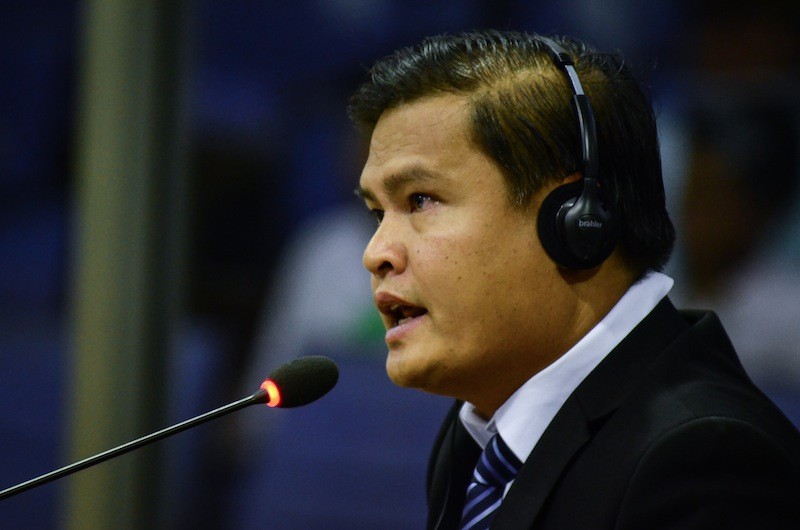An expert witness told the Khmer Rouge tribunal on Tuesday that most of Cambodia’s Cham community initially supported the Khmer Rouge but attitudes changed drastically after an estimated 500,000 members of the predominantly Muslim minority group were killed by the regime.
Currently employed as an analyst for the tribunal’s investigating judges, Ysa Osman, himself an ethnic Cham, testified on Tuesday regarding the treatment of the group during the period of Democratic Kampuchea, a subject on which he has published two books.

“The Cham people loved and supported the King Father [Norodom Sihanouk], and therefore they supported the revolutionary front, which was supposed to be led by the King Father,” he said, citing then-Prince Sihanouk’s call in 1970 for people to enter the forests and join the resistance against the Lon Nol government.
Genocide against the Cham is among the charges against senior Khmer Rouge leaders Nuon Chea and Khieu Samphan in the second phase of Case 002, which began in October 2014.
“The Cham people loved the Khmer Rouge,” Mr. Osman said, noting, however, that the affection did not last long once arrests against the group, including of religious leaders, began in 1973.
He highlighted three clashes—beginning in 1973 in Kompong Cham province’s Trea village—when attempts by Pol Pot’s regime to ban Cham cultural and religious practices led to armed resistance and then violent suppression.
Mr. Osman listed five conditions that the Khmer Rouge insisted all Cham must follow: women cutting their hair and not wearing headscarves; Qurans being gathered and burned; raising pigs and eating pork; closing mosques and stopping prayer; and existing marriages being annulled with spouses forced to remarry non-Chams.
The witness said it was natural that attempts to force the Cham to abandon their cultural and religious practices were met with resistance.
“Cham people who believed in Islam, they had to preserve this practice of their ancestors. They would never give up their religion,” he said.
While there was little response in Trea village when a group of angry residents burned down a local office, Mr. Osman matched previous testimonies at the court in describing later rebellions during Ramadan in 1975 in Koh Phal and Svay Khleang villages—in what is now Tbong Khmum province—that elicited deadly responses.
In his 2002 book “Oukoybah,” or “Justice,” Mr. Osman wrote that there were about 700,000 Cham living in Cambodia in 1975, but on-
ly 200,000 remained by 1979. On Tuesday, he stood by those numbers, explaining that while pre-Democratic Kampuchea census data was patchy, he was confident that the figures based on his interviews with survivors, government officials, historians and religious figures were accurate.
Mr. Osman said that by 1977, despite many Cham having adopted Khmer dress, language and eating habits, they were increasingly arrested and killed.
“They killed without discrimination. They killed all those who were Cham,” he said.
Mr. Osman’s testimony is due to continue today.




